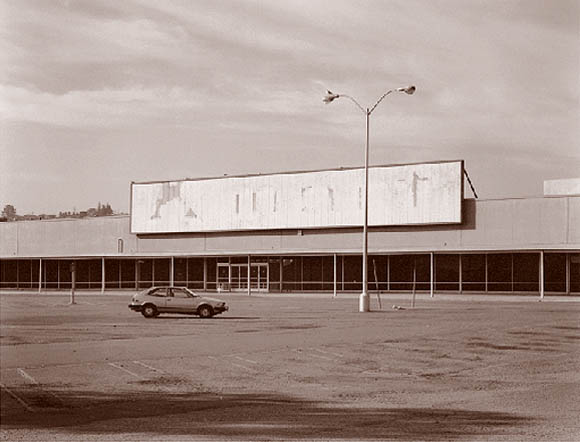
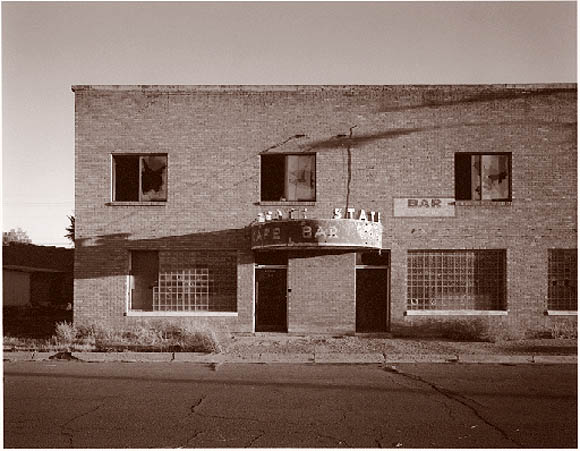
_With these images, my aim is not architectural preservation. I am trying to preserve—in photographs—the sweet melancholy of these places brought out by neglect, decay, obsolescence, and unintended results. At the same time, I intend to dissect the notion of nostalgia, which is another way of describing this ‘sweet melancholy.’ While nostalgia may be a simple amelioration of the past as we look back, it is also a morbid fascination with aging, death, and the insignificance of our lives in geologic time. We seem to take a strange comfort in thoughts of our own mortality.
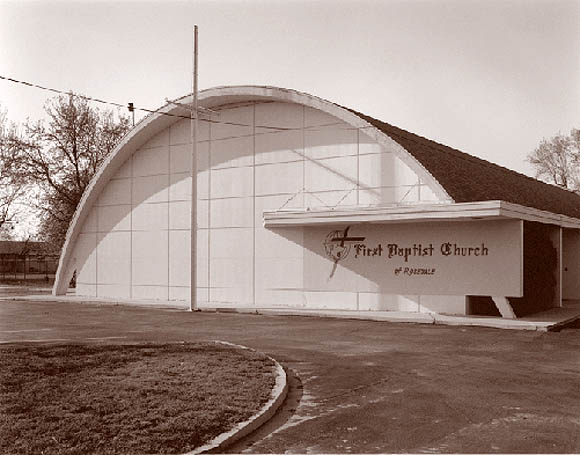
_The modernist (and by extension, utopian) overtones of some of this architecture make its decay and abandonment even more poignant to me. Utopianism can function as a reverse nostalgia, and to look back at these sites with nostalgia completes a circle: We are living the future that some of this architecture alludes to and tried to embrace.

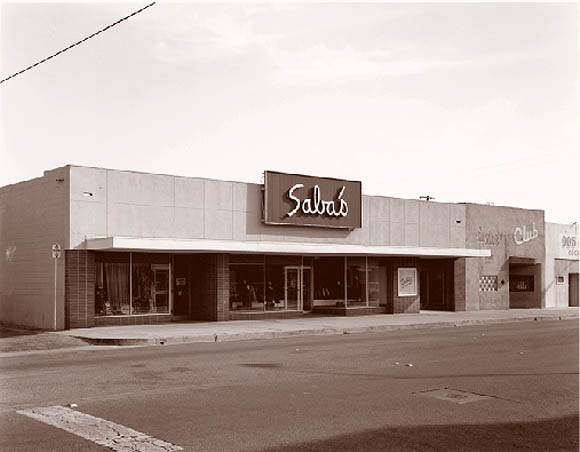
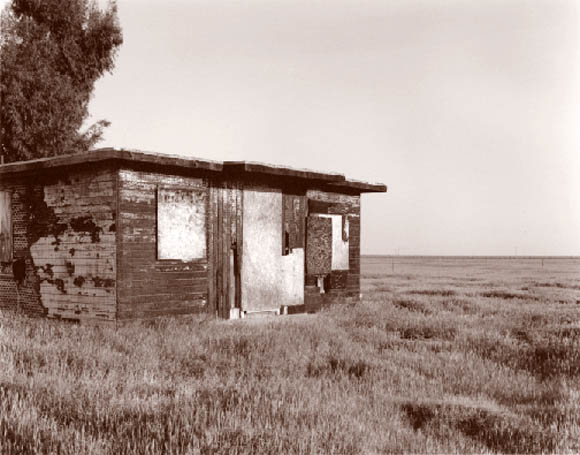
_Making these pictures has connected me with history in a more localized way and helped me see that the history of a building is also the history of the ground where it stands, its neighborhood, its city, etc., as well as that of its builders, designers, owners, tenants, residents, . . .
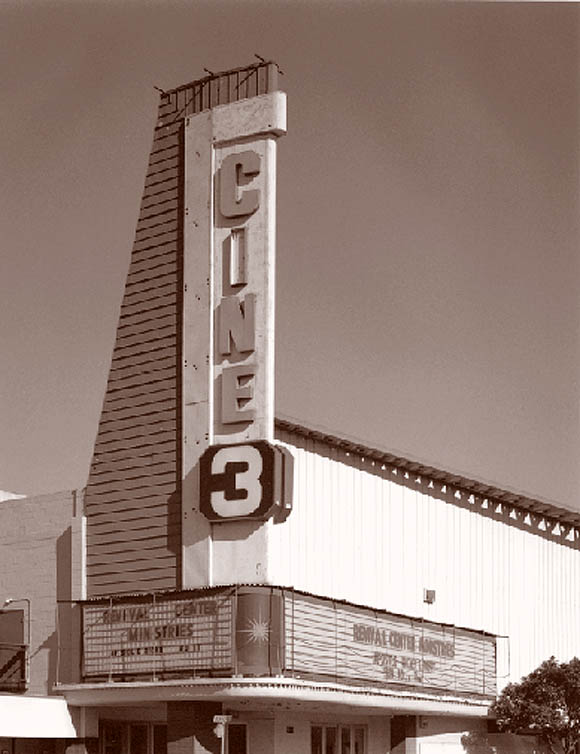
_Like a time capsule left out in the open, a building can channel the period when it was born. Perhaps, through aging, all that a building witnesses is recorded, treated, and later transmitted when the building is observed, contemplated, or photographed.
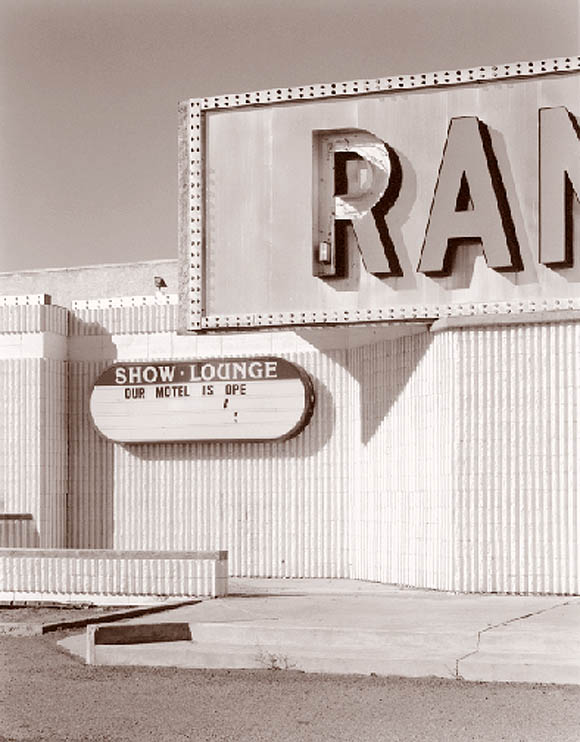
Author Mark Luthringer is an Oakland, California, based architectural and fine art photographer whose work has appeared in Architecture, Architectural Review, and Architectural Record.
Originally published 3rd quarter 2002, in arcCA 02.3, “Building Value.”





